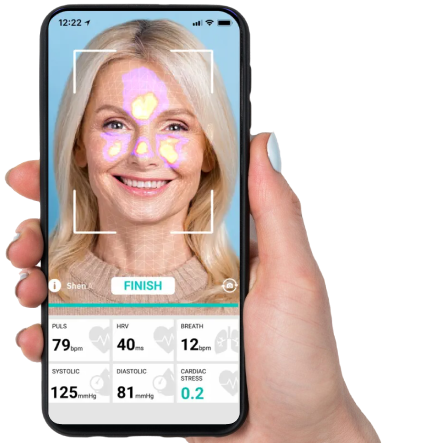The white coat syndrome can be tackled. It is a well researched phenomena, that occurs to many. Is your blood pressure consistently higher than at home, when measured at the doctor’s office, the clinic, or by a nurse in a healthcare center, in a hospital? Then you have the white coat syndrome.
Why the White Coat Syndrome?
It happens because the brain perceives the clinic as a threat or stressful environment. Here’s why:
- Fear of diagnosis or bad news: Worry about high readings or health issues triggers stress.
- Previous bad experiences: If you’ve had anxiety, high readings, or discomfort during past visits, your body remembers.
- Loss of control: In the clinic, you rely on others, making some feel vulnerable or tense.
- Overactive fight-or-flight response: Some people’s bodies react more strongly to perceived stress, making blood pressure spike easily.
The Mechanism of the White Coat Syndrome
The white coat syndrome happens due to anxiety triggering the body’s stress response. Here’s how it works:
- Anxiety activates the sympathetic nervous system: When you feel stressed, your body releases stress hormones like adrenaline and cortisol.
- Blood vessels constrict: These hormones cause your blood vessels to narrow, increasing resistance and raising blood pressure.
- Heart rate increases: Adrenaline makes the heart beat faster, causing a pounding sensation and further raising blood pressure.
- Temporary elevation: Once you leave the clinic or calm down, the stress hormones decrease, and blood pressure returns to normal.
8 Steps to Tackle the White Coat Syndrome
It may not fully go away but it is can be improved. Here is what you can do to diminish the perception of the doctor’s office, the clinic, the hospital as a threat or a stressful environment:
- Practice exposure: Visit the clinic without appointments to desensitize the environment.
- Cognitive reframing: Remind yourself that clinics are for monitoring, not punishment.
- Familiarize with clinic routines: Ask the staff to explain each step, so it feels less unpredictable.
- Visit when calm: Schedule appointments after a relaxing activity to create positive associations.
- Use calming scents: Carry lavender oil or another soothing scent to use during visits.
- Reframe waiting time: View it as a chance to practice relaxation, not build tension.
- Reward system: Treat yourself after visits to reinforce positive experiences.
- Change perception of the cuff: Practice using a home cuff regularly to make it feel normal, not threatening.






